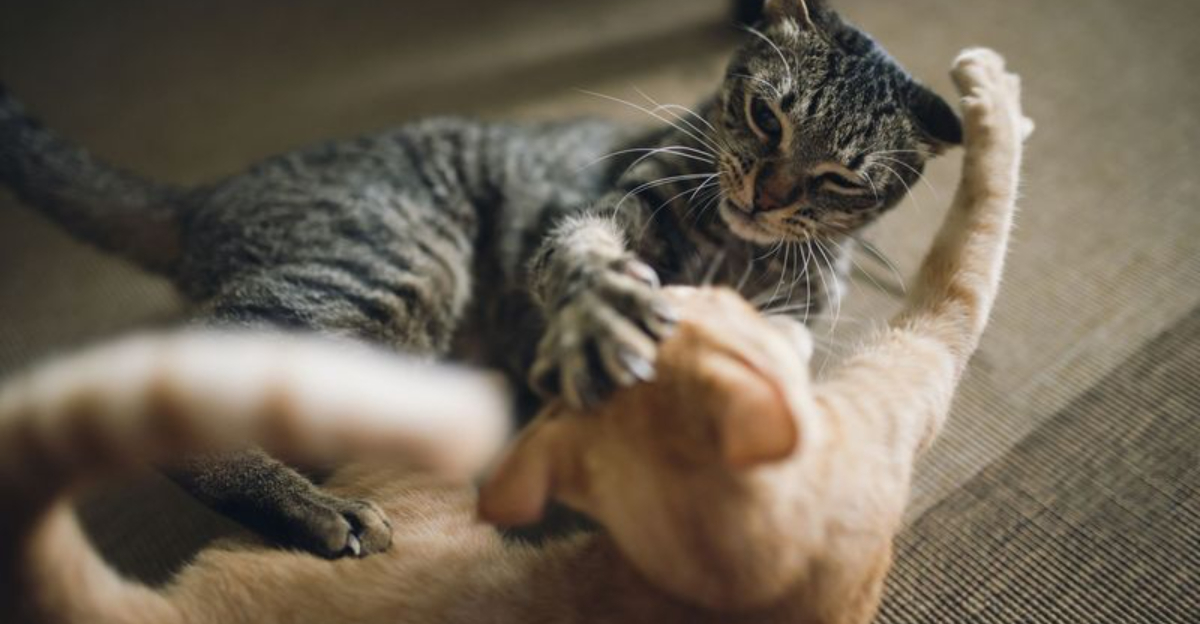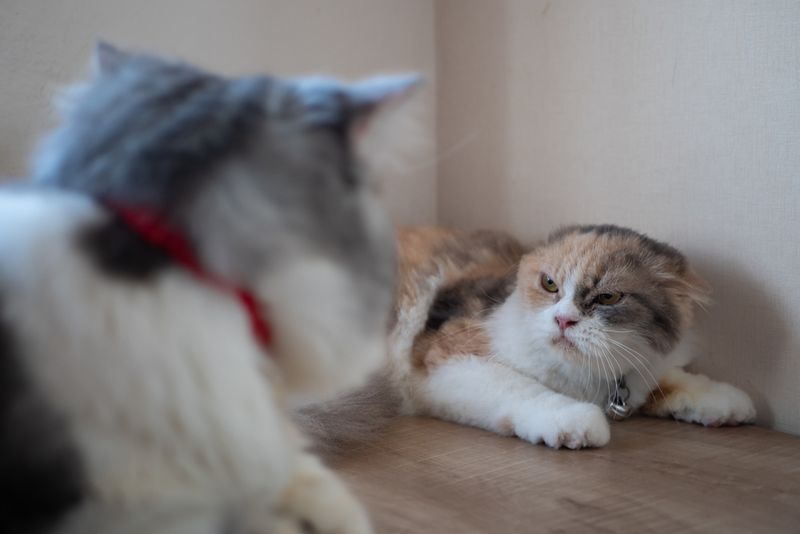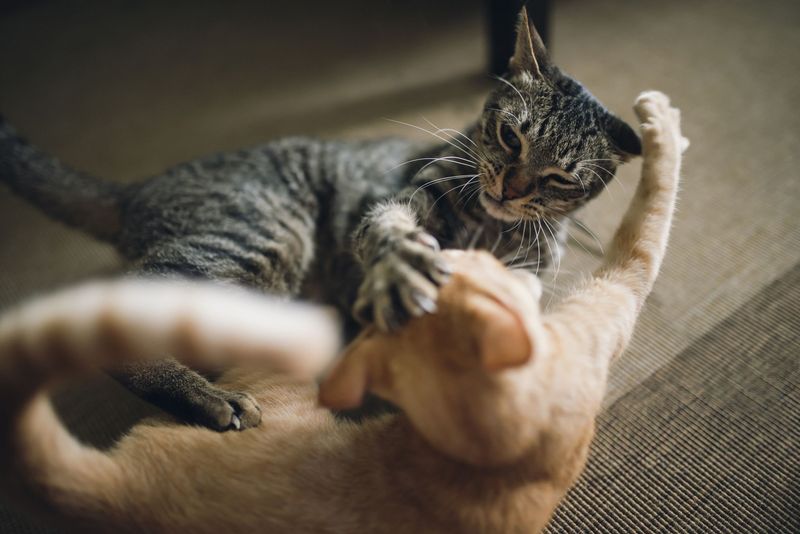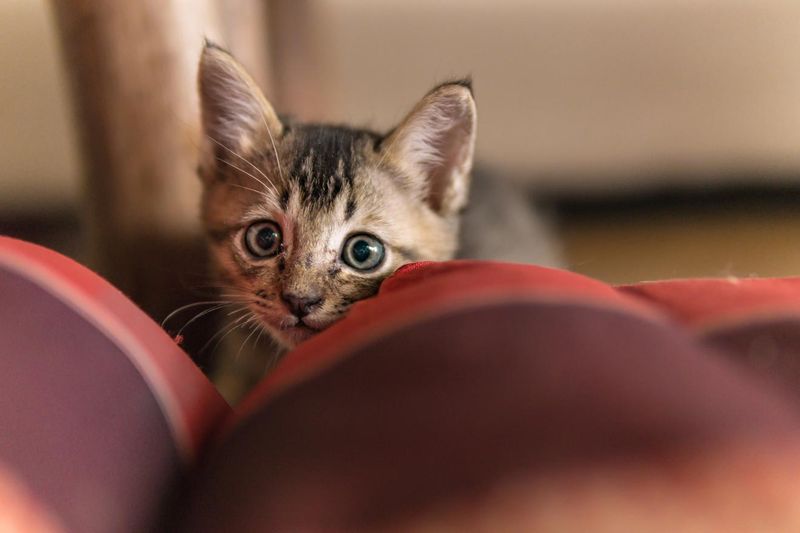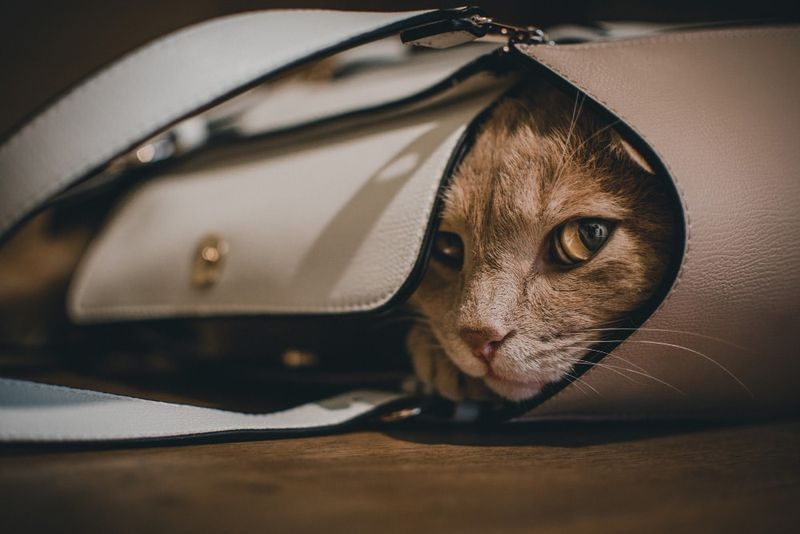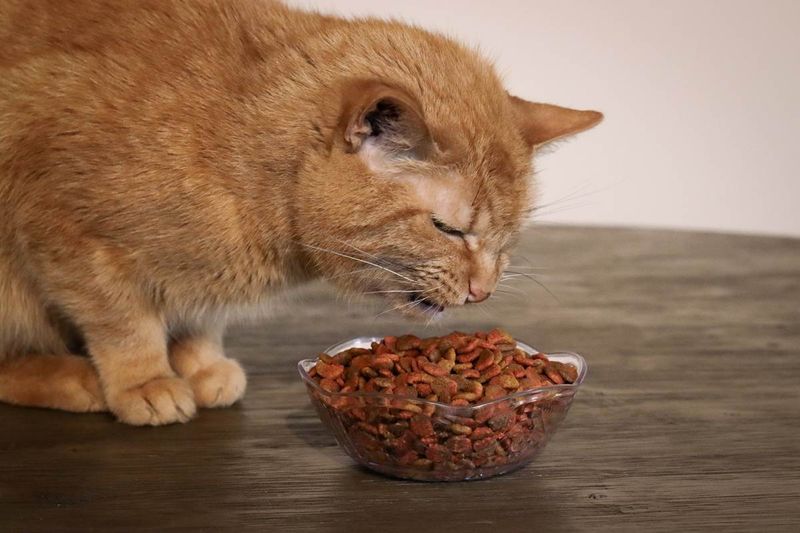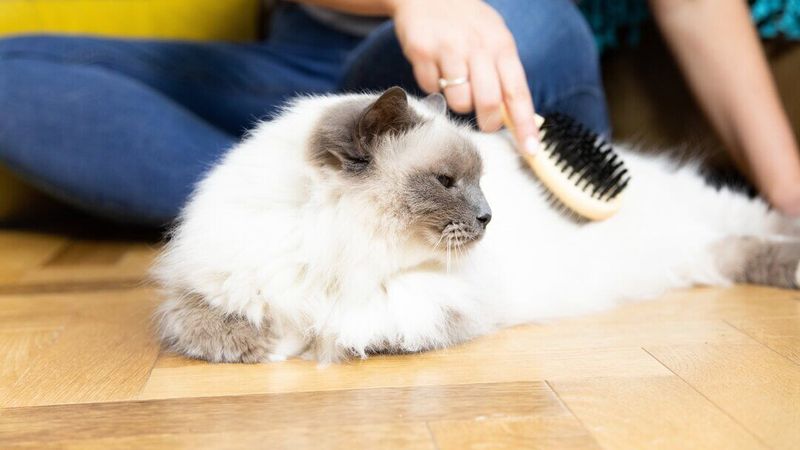📖 Table of Content:
There was a time when your cats curled up together like fuzzy yin and yang, groomed each other sweetly, and shared sunbeams like best friends. But lately? It’s all hisses, swats, and dramatic staring contests. If your once-harmonious home has turned into a feline battlefield, you’re definitely not alone — and yes, it can be both confusing and heartbreaking to witness.
Cat relationships are complex. Even bonded pairs can go through rough patches, triggered by subtle changes like a new scent, a shift in the home routine, or even a vet visit. Unlike dogs, cats are territorial and emotionally sensitive, so what seems like a small disturbance to you might feel like a full-blown betrayal to them.
Before you panic or start separating them permanently, it’s important to understand the signs of feline conflict. Some are obvious, like growling or fighting, but others can be subtle — missed meals, sudden hiding, or even litter box changes. Here are 7 key signs your cats might be feuding, and how to recognize when peace has turned to war.
1. Hissing, Growling, or Yowling
A sudden increase in vocal aggression is often the first sign of trouble between your cats. Hissing isn’t just dramatic — it’s a defensive warning that says, “Back off!” Growling can follow, indicating that one cat feels seriously threatened. Loud, guttural yowls might even occur when things are especially heated. Instead of casual meows, your home may now echo with tension-filled noises. Such vocalizations can happen during face-to-face confrontations or even when one cat merely enters the room. Don’t assume it’s just a phase; vocal aggression is a red flag. It’s your cats’ way of communicating that their relationship has hit a rough patch.
2. Swatting or Biting
Physical aggression marks a clear escalation in cat conflict. Swatting is often fast, sharp, and can seem sudden. In playful moments, cats may bat at each other with retracted claws — but if claws are out, it’s not a game. Biting, especially around the neck or ears, can be an attempt to assert dominance or start a fight. One cat might initiate the attack while the other constantly retreats. In some cases, these interactions look like wrestling, but closely watching body language reveals the difference. Dilated pupils, flat ears, and stiff postures usually accompany true aggression. These physical encounters can cause stress, injuries, and long-term distrust between your cats.
3. Chasing or Stalking
You may notice one cat always following the other with slow, deliberate movements. This stalking behavior isn’t playful — it’s predatory and filled with tension. Quick dashes across the room may follow, with one cat clearly trying to escape. Unlike friendly tag games, these chases often end in cornering or ambushes. Even more telling is when the pursued cat hides or cries out. Predatory-style stalking indoors is a big warning sign, especially if it happens repeatedly. This kind of behavior often causes fear and disrupts the balance in your multi-cat home. If left unchecked, the victimized cat may become anxious or even aggressive in return.
4. Avoidance and Hiding
Instead of lounging openly in shared spaces, a stressed cat might isolate in hard-to-reach spots. One of your cats may begin avoiding the other completely, no longer joining in for meals or cuddles. Behavior like this reflects emotional distress more than physical fear. Over time, avoidance can become the norm, reshaping daily routines and social dynamics. Cats are creatures of habit, so a sudden withdrawal signals something is wrong. Some cats may sleep more or eat less when trying to avoid conflict. Hiding is often a way to self-soothe or find safety when tensions are high. If you’re constantly seeing one cat and wondering where the other is — check under the bed.
5. Blocking Access to Resources
Territorial control is a powerful tool in a cat feud. Dominant cats may guard food bowls, litter boxes, or even your lap. You might not notice it right away, but the more submissive cat will. This often results in one cat holding back on eating, eliminating, or relaxing. Over time, this behavior can create physical health problems — like bladder infections from litter avoidance. The aggressive cat may lie in doorways or hallways, creating psychological “barriers.” Intimidation doesn’t always look like violence; sometimes it’s just persistent presence. These power plays can turn your peaceful home into a feline turf war.
6. Over-Grooming or Fur Loss
Stress from a broken cat relationship often shows up on the body. One or both cats may begin licking excessively, particularly on the belly or legs. You might see thinning fur, bald patches, or even irritated skin. Grooming is how cats cope with anxiety, but when it’s compulsive, it’s a red flag. Not all over-grooming is visible at first — sometimes you’ll hear the licking late at night. Changes in grooming habits often go unnoticed until damage is visible. Don’t dismiss fur loss as seasonal shedding if tension between cats has been growing. Emotional turmoil can manifest physically when feline friendships fall apart.
7. Litter Box Issues
Sudden changes in litter box habits should never be ignored. A cat peeing or pooping outside the box may be sending a message about stress or discomfort. Territorial disputes often cause cats to “mark” new boundaries. In a feud, the litter box can become contested territory, especially if there aren’t enough boxes. You might find urine on furniture, walls, or personal belongings. Medical issues should be ruled out first, but inter-cat tension is a top behavioral cause. Clean-up can be frustrating, but it’s also a cry for help. When peace breaks down, the litter box is often the first casualty.
